Permaculture design made simpler
Basics of Simple Living
4.41 (11 reviews)
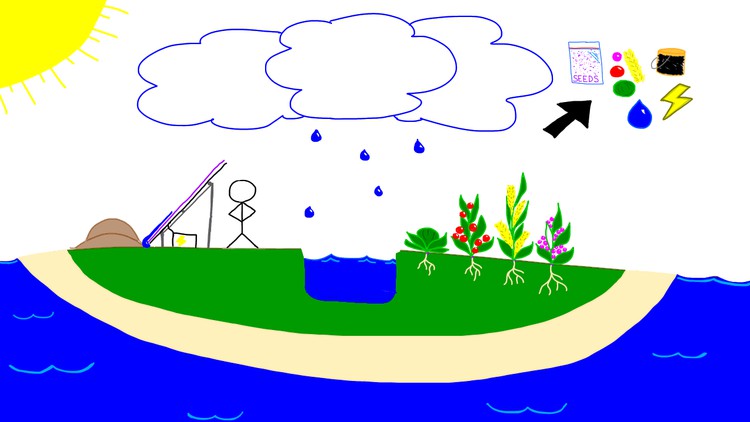
64
students
2 hours
content
Mar 2024
last update
$19.99
regular price
Why take this course?
-
Reduce the Volume of Trash Produced
- Implement a "reduce, reuse, recycle" philosophy in your daily life.
- Buy products with less packaging or choose package-free options.
- Compost organic waste to reduce what goes into landfills.
- Encourage manufacturers to use recycled materials and less packaging.
-
Bio-gas Toilets
- Bio-gas toilets work by anaerobically decomposing human waste in a sealed system, producing biogas (methane and carbon dioxide) and leaving behind a slurry that can be used as fertilizer.
-
Building Composting Toilets
- A composting toilet breaks down human waste through aerobic decomposition.
- There are two main types: dry (composting without liquid separation) and wet (separating urine from faeces for composting and irrigation).
- Materials needed include a composting chamber, a fan for ventilation, and a place to store and use the finished compost.
-
How Does Solar Power Work?
- Solar power harnesses energy from the sun using photovoltaic (PV) cells, which convert sunlight directly into electricity.
- Solar panels are made of many PV cells wired together to create a module, and these modules are connected to form an array that can produce usable solar power.
-
Ways to Use Less Electricity
- LED lighting uses less energy than traditional incandescent bulbs.
- Unplug electronics when not in use or use smart power strips.
- Use energy-efficient appliances and maintain them properly.
- Optimize insulation and seal gaps to reduce heating and cooling needs.
-
Earthworks
- Succession in biology refers to the process by which communities change through time as different species establish themselves.
- Accelerating the rate of growth of nature involves planting native species, creating diverse habitats, and minimizing disturbances.
- Types of earthworks strategies include swales for water management, terracing for soil erosion control, and keyline design for improving water flow on a landscape.
- The average human step is typically around 0.7 to 1 meter depending on the person's height and stride length.
- When building a road, consider the terrain, drainage, environmental impact, and sustainability.
-
Soil Food Web
- The soil food web consists of all the organisms in the soil that interact with each other and the environment to recycle nutrients and create a healthy soil ecosystem.
- Creatures like worms, microbes, fungi, and insects consume plant matter, return nutrients to the soil, and contribute to its fertility.
-
COMPOST and MULCH
- Compost is decomposed organic material that adds valuable nutrients, improves soil structure, and enhances soil biodiversity.
- Mulch is a layer of material (organic or inorganic) spread over the soil to improve its quality and health. It helps retain moisture, suppress weeds, and regulate soil temperature.
-
Compost Tea
- Compost tea is an extract of compost that is steeped in water to create a nutrient-rich solution used to enhance plant growth and soil health.
-
SEEDS
- Locally, you can often buy seeds from nurseries, garden centers, or seed swap events within your community.
- Common gardening strategies include crop rotation, companion planting, and following a plant's natural lifecycle.
- A planting schedule is a timeline that guides when to plant different types of crops based on their germination rates, growth habits, and the local climate.
-
Starting Seeds
- Potting soil is a specially prepared soil mix designed for starting seeds, containing the right balance of nutrients and moisture retention.
- Sprouts are young plants that have started to grow from a seed; they can be consumed as microgreens or allowed to mature into full plants.
-
GREENHOUSE
- Design considerations for greenhouses include orientation to the sun, insulation, ventilation, and protection against extreme weather.
-
Language Learning (Quest)
- Learning another language is important because it opens up opportunities for communication with people from different cultures, broadens your perspective, and can enhance career prospects. It also improves cognitive abilities and brain functionality.
Remember, each of these practices contributes to a more sustainable lifestyle and can be integrated into daily routines to improve environmental health, economic resilience, and overall well-being.
Course Gallery
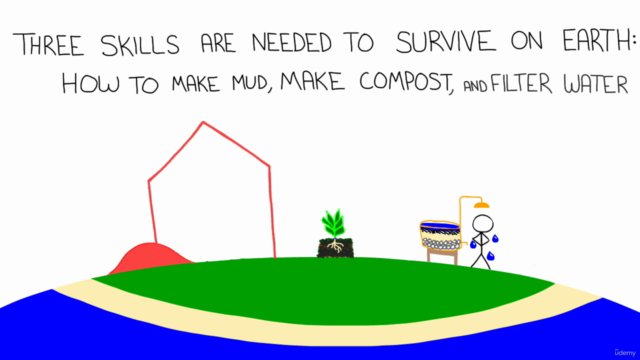
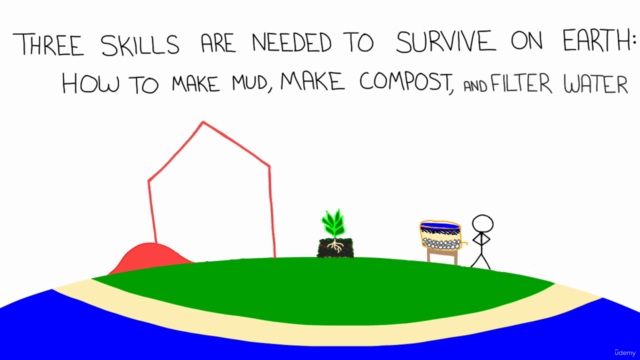
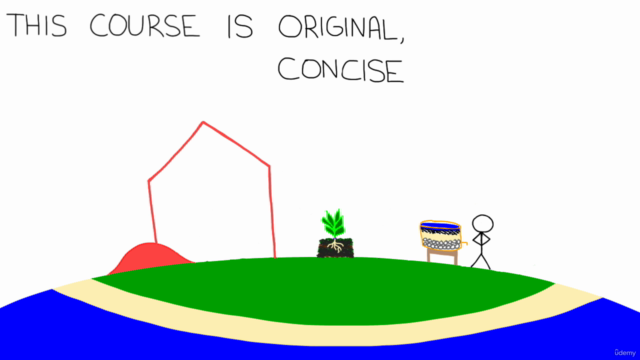
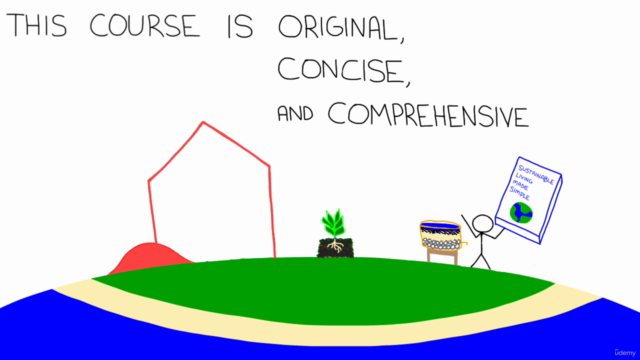
Loading charts...
Related Topics
4906056
udemy ID
29/09/2022
course created date
18/11/2022
course indexed date
Bot
course submited by